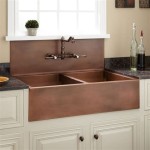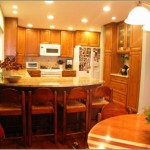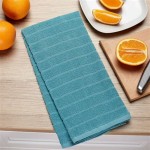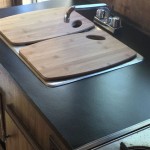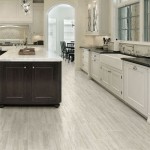When it comes to decorating your kitchen, the countertop is one of the most important elements. It’s essential to choose a material that is both attractive and durable. Spanish countertops come in a variety of materials, each with its own unique look and texture. In this guide, we’ll discuss the different types of Spanish countertops, the pros and cons of each, and tips for choosing the right material for your kitchen.
Types of Spanish Countertops
Spanish countertops come in a variety of materials, including granite, marble, limestone, and quartz. Each of these materials has its own unique look and feel, so it’s important to consider the overall aesthetic of your kitchen before making a final decision.
Granite
Granite is a popular material for Spanish countertops, as it is strong and durable. Granite is available in a variety of colors, so you can choose one that matches the overall look of your kitchen. Granite is also heat-resistant, making it a great choice for kitchens that are prone to spills and splatters.
Marble
Marble is a classic material for Spanish countertops, as it is elegant and timeless. Marble is available in a wide range of colors and textures, so you can choose one that complements the overall look of your kitchen. Marble is also heat-resistant, so it won’t be damaged by hot pans or pots.
Limestone
Limestone is a beautiful material for Spanish countertops, as it is available in a variety of colors and patterns. Limestone is also resistant to staining, so it’s a great choice for kitchens that are prone to spills and splatters. However, limestone is a porous material, so it must be sealed regularly to prevent damage.
Quartz
Quartz is a modern material for Spanish countertops, as it is available in a variety of colors and textures. Quartz is also non-porous, so it is resistant to staining and easy to clean. However, quartz is a relatively expensive material, so it may not be the best choice for those on a budget.
Tips for Choosing the Right Material
When choosing a material for your Spanish countertops, it’s important to consider the overall look and feel of your kitchen. Think about the color scheme, the style of the cabinets, and any other elements in the room. It’s also important to consider how easy the material is to clean and maintain, as well as its durability and heat resistance.
It’s also a good idea to talk to an expert before making a final decision. A professional can help you choose the right material for your kitchen and provide tips for installation and maintenance. With the right material, your Spanish countertops can be a beautiful addition to your kitchen for years to come.








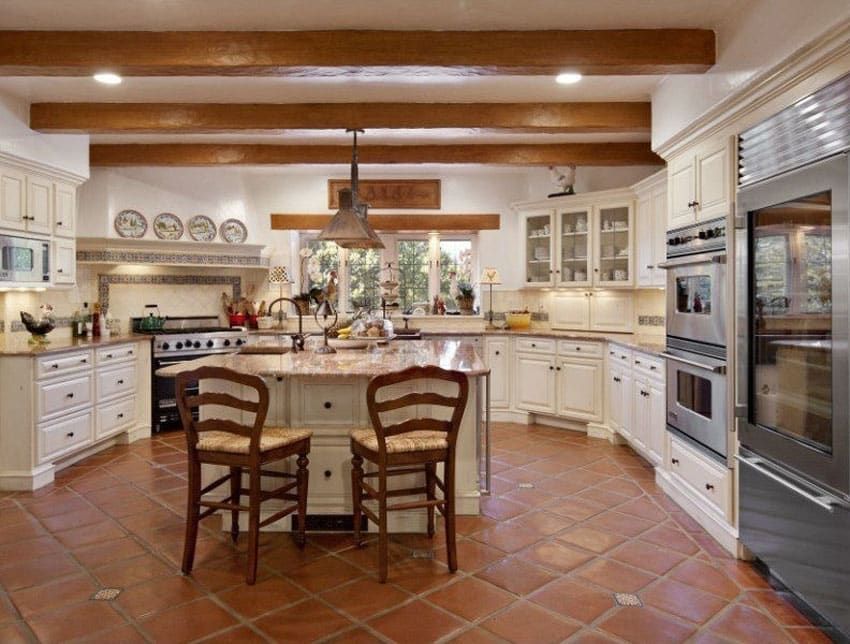






Related Posts


